“Korean Women are Sexually Conservative”
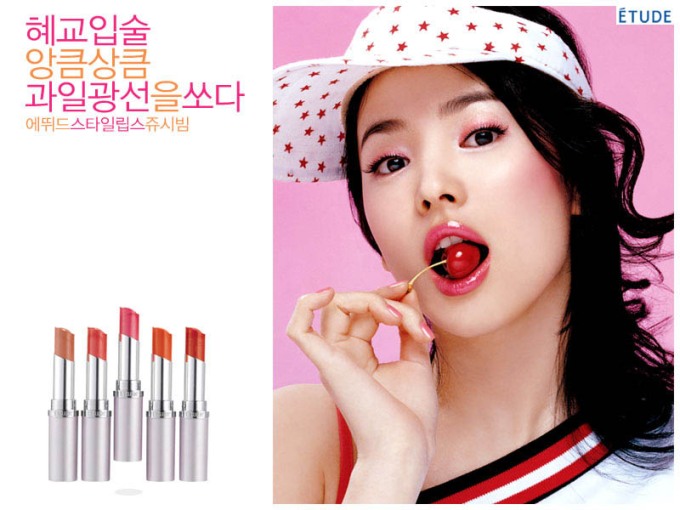 ( Source: Naver )
( Source: Naver )
As they say, first impressions last, and my own first introduction to Korean sexual politics came with a bang when the scandal over the Baek Ji-young (백지영) sex tape erupted in late-2000. The way she was treated by the Korean media was hypocritical and shocking, and confirmed what I’d learned at university: Korea was a deeply patriarchal and sexually-conservative society.
Or at least, as the “Korean Gender Guy,”™ that’s what I’d like to pretend informed my first year in Korea. The truth is, I barely noticed at the time, being rather more concerned with getting into my Korean girlfriend’s pants. But they also say that the best way to learn a new culture is to sleep with the locals, and what I learned about sexual politics that way was no less important for being so base: the books were simply wrong about how prudish Koreans were. I’ve been poking fun at the huge gap between image and reality ever since.
But with a nod of appreciation to the advice of this regular commenter, it’s high time to move on from that extremely simplistic conception of the subject.
Just like it is misguided to think of, say, all American voters as mere “conservatives” or “liberals,” the reality is that Korean society is both profoundly sexually-liberal in some instances and sexually-conservative in others. For instance: most Koreans have sex before marriage; Korea has one of the largest prostitution industries in the world; Korean teenagers increasingly dance extremely provocatively on television; Korean women are increasingly objectified in advertisements; and, overall, censorship of sexual content in movies is rapidly easing.
 ( Source: RaySoda )
( Source: RaySoda )
And yet that combination by no means implies that Korean men and women are equally able to express and enjoy their sexuality in 2009, let alone that, like almost a decade ago, a female celebrity secretly filmed while having sex with her boyfriend wouldn’t again be ostracized by the Korean media. Indeed, one can argue that to describe Korean society as simply “sexual-conservative” is merely to gloss over its profound double-standards.
One such double-standard is the need for sexually-active women to appear inexperienced and virginal to their partners, and in that vein, this survey of condom use and sexual activity in Korea – probably the most comprehensive of its kind – found that a majority of them did so to the extent that they regarded contraception as entirely men’s responsibility, as I discussed last December. Either they didn’t provide it themselves, they didn’t insist on their partners using condoms, and/or they would even feign complete ignorance of all contraceptive methods.
Again, that’s to be expected from a “sexually-conservative” society. But bear in mind the fact that love hotels are ubiquitous here, and – as that survey demonstrates – are well used. So while this particular double-standard is hardly confined to Korea, it is particularly severe in its effects on Korean women.
In light of that, the fact that rates of oral contraceptive pill usage are extremely low in Korea (3%) shouldn’t have been a surprise to me when I learned it from this recent Korean blog post, which I’ve translated below. But while I was certainly aware of the scare-tactics used – for various reasons – by Japanese medical authorities to dissuade women from using the pill there for instance, and which meant that it was only legalized as late as 1999 (see here, here and here), in hindsight perhaps I was too optimistic about Korean women’s reaction to similar tactics used here in January. So I was taken aback:
피임에 보수적인 여자들 – When it Comes to Contraception, Korean Women Are Conservative
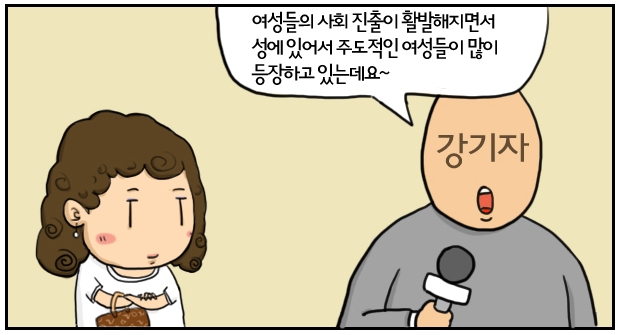 Mr Kang, reporter: “As women are actively making advances in Korean society, so too are women becoming more open and assertive about sexual matters.”
Mr Kang, reporter: “As women are actively making advances in Korean society, so too are women becoming more open and assertive about sexual matters.”
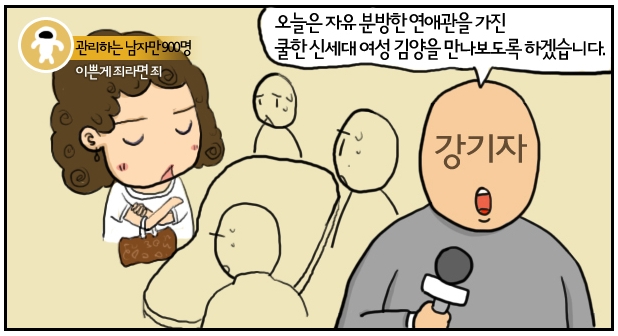
Mr Kang: “Today, we are going to meet Ms. Kim, a cool, forward-thinking woman with free and open attitudes to love.”
Ms Kim, caption: “I have 900 intimate male-friends…but that’s what happens if you’re as pretty as I. It’s not a crime!”
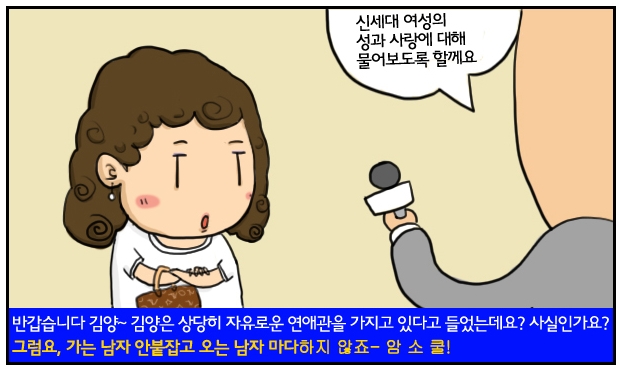 Mr Kang: “I will ask about modern women’s opinions on sex and love…Nice to meet you Ms Kim. Ms Kim, I heard that you have very liberal and open attitudes to love. Is that true?”
Mr Kang: “I will ask about modern women’s opinions on sex and love…Nice to meet you Ms Kim. Ms Kim, I heard that you have very liberal and open attitudes to love. Is that true?”
Ms Kim: ” Yes. I don’t care about men that leave me, and I don’t say no to men that approach me…I’m so cool!”
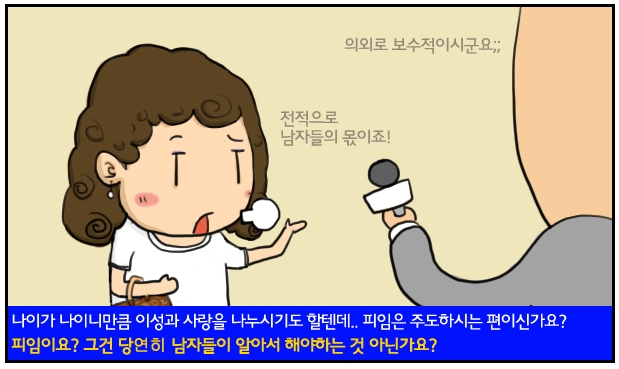 Mr Kang: “Since you are old enough, I assume that you have sex with your boyfriends. Do you take the initiative and/or insist on using contraception?”
Mr Kang: “Since you are old enough, I assume that you have sex with your boyfriends. Do you take the initiative and/or insist on using contraception?”
Ms Kim: “Contraception? Surely that is men’s responsibility, yes?”
Mr Kang (gray text): “I’m surprised that you’re so conservative.”
Ms. Kim (gray text): “It is totally men’s responsibility!”
Granted, a bizarre cartoon, and probably one that detracts from rather than evinces the following points made by the blogger:
이전보다 자유로와진 미혼남녀의 성생활이나 성 담론에 비해 아직도 피임에 대한 인식은 무척 보수적이죠. 게다가 아직까지 수많은 여성들은 ‘피임=남자의 책임’이라는 구시대적 사고방식을 가지고 있는 듯 합니다. 한국 여성 피임 인식 조사에 따르면, 여성의 60%는 성관계 시 피임을 하지 않는 것으로 나타났는데 이는 ‘설마~’와 ‘막연함’ 때문이라고 합니다.
“Compared to the past, people are much more sexually active these days, and talk about sexual matters much more openly. But they are still surprisingly conservative when it comes to using contraception. In particular, many women stick to the traditional line that it is entirely men’s responsibility. According to a survey by the WHO, 60% of Korean women don’t use any contraception at all, maintaining an “it won’t happen to me” attitude.”
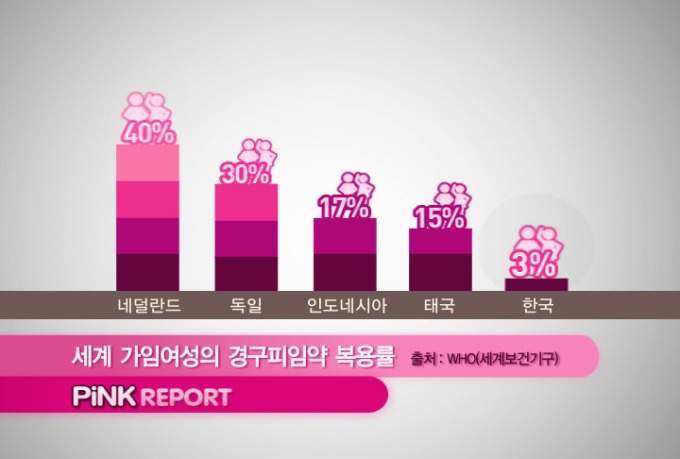
물론, 남자에게도 책임은 있겠지만 여성들 역시 능동적일 필요가 있다고 보는데요, 통계에 따르면 남자들의 피임 방식인 “CONDOM”은 피임에 성공할 확률이 85%에 지나지 않는다고 합니다. 반면에 여성들이 준비할 수 있는 ‘먹는 피임약’인 경우, 성공 확률이 무려 99%에 이른다고 하네요.
“Of course men also have a responsibility to use contraception, but it seems that women are not fulfilling theirs. According to statistics, whereas condoms are 85% effective in preventing pregnancy, the use of the oral contraceptive pill is done entirely by women and is as much as 99% effective.”
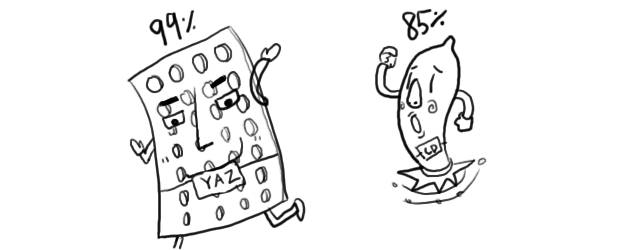
더치페이의 나라 네덜란드에서는 피임에 대해서도 서로를 배려하기 위해 CONDOM과 피임약을 모두 사용하는 이른바 ‘더치피임’이 널리 퍼지고 있다고 합니다. 또한 요즘 나오는 먹는 피임약(야즈)은 피임 뿐만 아니라 여드름 및 월경전불쾌장애(심한 형태의 월경전 증후군)에도 치료 효과를 인정받았다고 하니 여성 스스로를 위해서라도 꼭 한번 고려해볼 수 있길 바랍니다.
“In the Netherlands, when it comes to contraception people combine condoms with the use of the pill in order to be safer, and this is known as “Dutch [Style] Contraception.” In addition, a new form of the pill called “Yaz” is coming onto the market, which combines a contraceptive function with helping to prevent skin problems and PMT. Women should consider this new product as an option.”
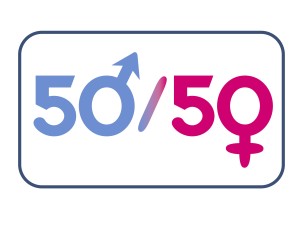 And I’m afraid that that is all, although it attracted a great many commenters, most of whom agree that contraception is also women’s responsibility. But they take issue with the blogger’s description of women that don’t use the pill as “conservative,” citing concerns about side-effects, to which my response would be to direct them to this comment.
And I’m afraid that that is all, although it attracted a great many commenters, most of whom agree that contraception is also women’s responsibility. But they take issue with the blogger’s description of women that don’t use the pill as “conservative,” citing concerns about side-effects, to which my response would be to direct them to this comment.
Meanwhile, if you haven’t already read my earlier post on condom use and rates of sexual activity in Korea then I strongly recommend you do so to place this new information in context, and you may also be interested in the recent appointment of a minor Korean-American celebrity being named “goodwill ambassador for the Korean Association of Obstetricians and Gynecologists to promote a campaign teaching young Korean women about sex and reduce abortions.” This has many positives of course, but I’d echo Brian in Jeollanam-do’s concerns that this may be “a product of, and will contribute to the perpetuation of, the belief that Americans and Westerners alone can be open about sex,” to which I’d add the stereotype that Westerners and especially Caucasians are overall much “more sexual” than Koreans. Finally, for a very frank discussion from the front-line as it were (an American woman dating Korean men), make sure to check out Doing it Korean Style!
Update: Apologies for not mentioning Dating in Korea also.







 RSS Feed
RSS Feed











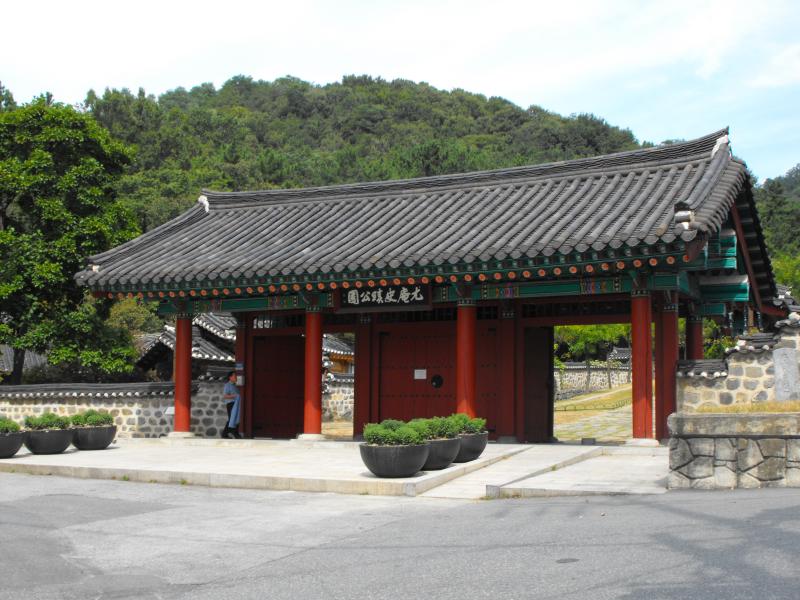




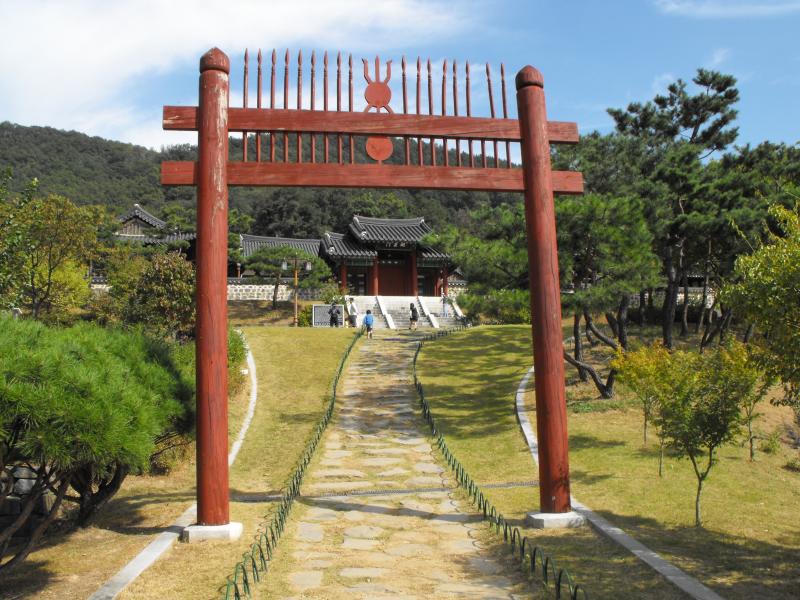
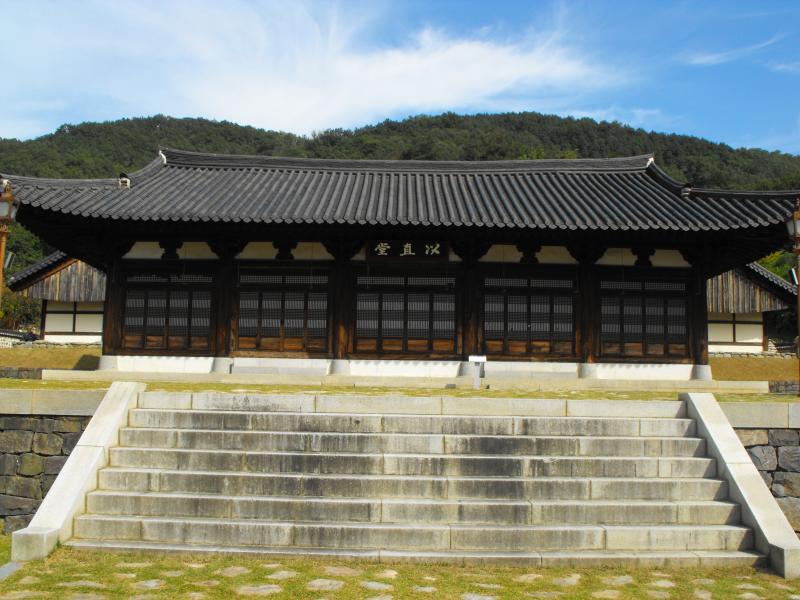
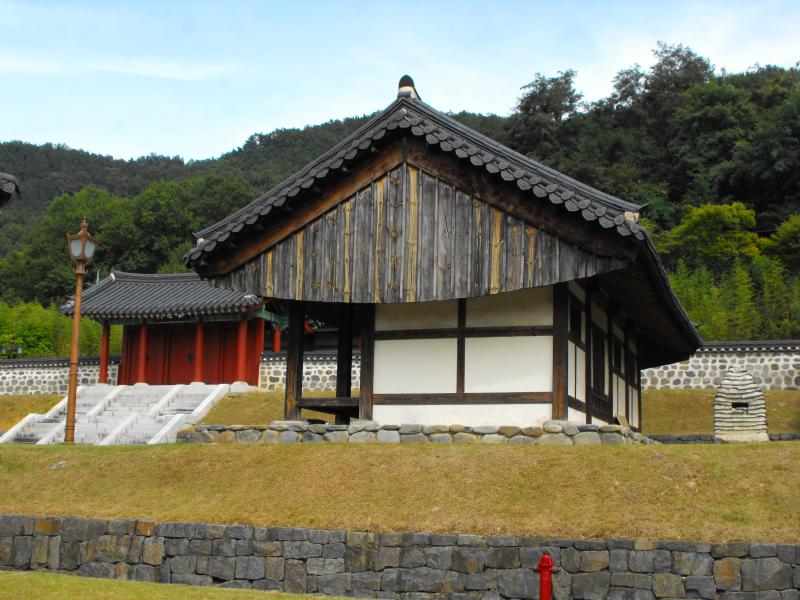
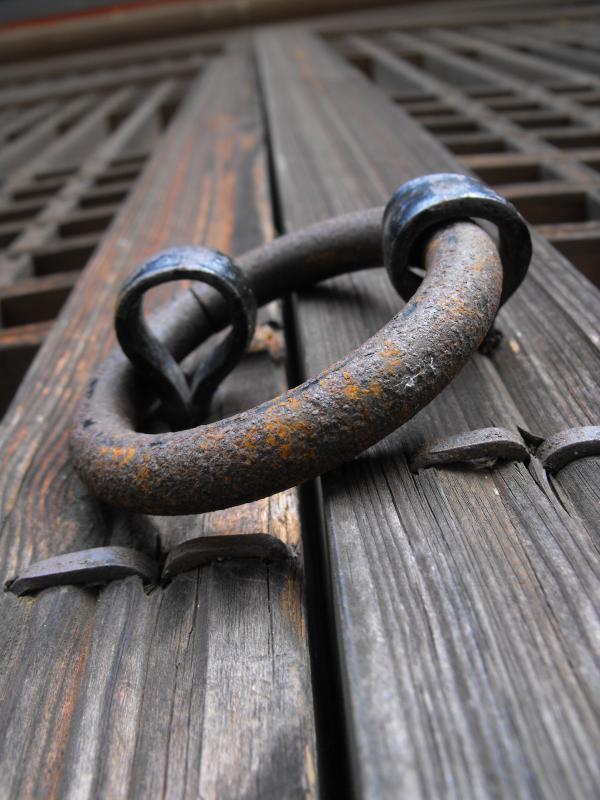
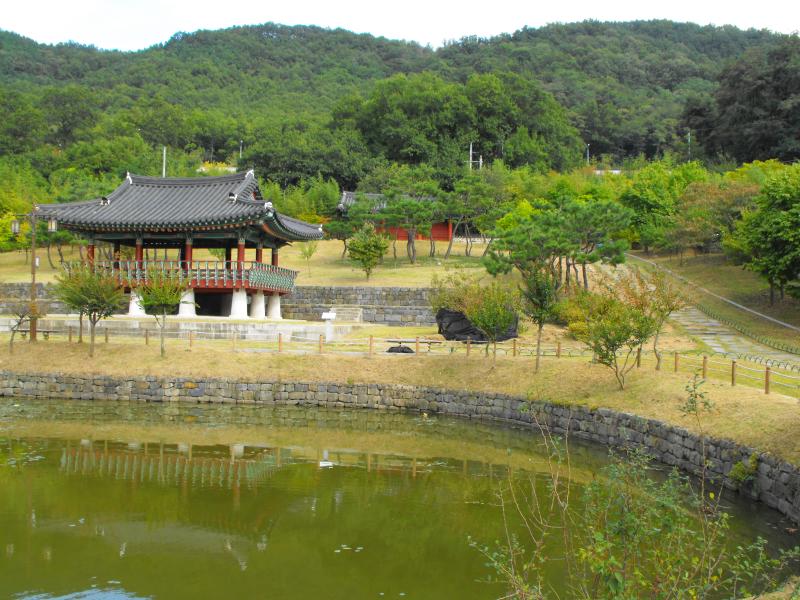




Recent comments